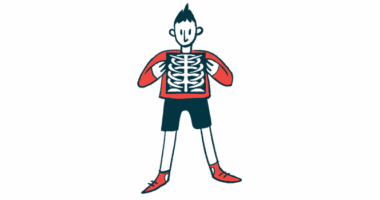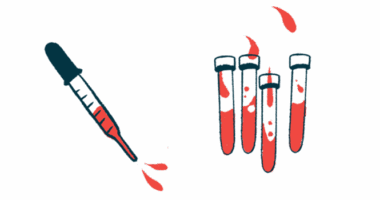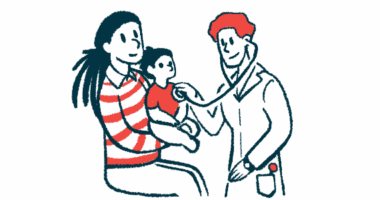
Physiotherapy for Gaucher disease
Last updated April 4, 2025, by Agata Boxe

Gaucher disease is a genetic disorder that causes fatty substances to build up in various body parts, including the bones. Over time, this can weaken the bones, leading to pain, stiffness, and mobility issues.
Because of these symptoms, staying active can be difficult. Fortunately, physical therapy, also known as physiotherapy, can help.
If you’ve been diagnosed with Gaucher disease, a physical therapist can create a safe exercise plan adjusted to your disease stage and symptoms, helping you move better and improve your quality of life.
How physical therapy can help
People living with Gaucher disease have a higher risk of falls and fractures, so it’s understandable if you’re cautious about exercising regularly.
While there isn’t one set standard for a physical therapy routine for Gaucher disease, a mild-to-moderate exercise plan is generally recommended to help you stay mobile and prevent stiffness.
When you meet with your physiotherapist, they will look at your medical history and consider your needs and abilities before creating an exercise plan. You can ask them about:
- exercises that are safest for your condition and symptoms
- movements that you should avoid
- ways to reduce stiffness and boost flexibility
- suggestions for modifications if you experience discomfort while exercising.
In addition to its physical benefits, exercise done as part of physical therapy may help you feel better mentally and emotionally.
While there haven’t been specific studies about how exercise affects the mental health of people with Gaucher disease, research in the general population and those with chronic diseases shows exercise can help reduce stress and manage anxiety and depression.
Types of physical therapy exercises
Depending on the stage and type of Gaucher disease, a patient’s exercise plan may include aerobics, strength training, and balance exercises. These can help build muscle strength, improve range of motion, and lower the risk of falls.
For example, leg exercises can help loosen frozen joints and improve movement, and stretching exercises can help maintain flexibility. Low-impact activities like swimming can increase cardiovascular endurance and muscle strength without putting too much pressure on bones and joints.
The National Gaucher Foundation offers information about strengthening exercises to build bone density for people with the disease, as well as specialized video workouts.
Adjusting to different disease stages
As Gaucher disease progresses, moving around may become harder. Your physical therapist can adjust your exercises to match your changing symptoms and abilities.
For example, while you may be able to do exercises standing in the early stages, your physical therapist may suggest doing similar movements while sitting or lying down in later stages.
If using a wheelchair becomes necessary, wheelchair-based physical therapy can help you learn how to use a wheelchair safely while keeping your muscles strong and flexible.
Regardless of your disease stage, start slowly, take breaks when needed, and follow your physical therapist’s advice. Exercising within your limits can help prevent the worsening of pain and fatigue.
Pain management becomes even more critical in the later stages of the disease. Your physical therapist can help with pain by using heat therapy or other techniques to relieve your discomfort.
Other considerations
Because Gaucher disease increases the risk of fractures and falls, it is best to exercise under the guidance of your physical therapist, who should work with your doctor and other members of your care team, which may include an occupational therapist.
An occupational therapist can help you find easier ways to do daily tasks, such as eating, getting dressed, or brushing your teeth, with less impact on your joints and muscles. They can suggest changes to your home or workspace setup to make it more comfortable.
In addition to working with your care team, other precautions should be taken.
People who have swollen spleens or severe anemia, and those who are at a higher risk of bleeding and fractures should avoid contact sports like football and basketball. Your physical therapist can recommend safe, low-impact alternatives.
If you’ve had hip or knee replacement surgery, you should avoid running and other high-impact exercises.
Physical therapy can help you stay active for as long as possible without worsening your symptoms by taking a careful and strategic approach.
Gaucher Disease News is strictly a news and information website about the disease. It does not provide medical advice, diagnosis, or treatment. This content is not intended to be a substitute for professional medical advice, diagnosis, or treatment. Always seek the advice of your physician or other qualified health provider with any questions you may have regarding a medical condition. Never disregard professional medical advice or delay in seeking it because of something you have read on this website.
Recent Posts
- Bone complications affect most people with Gaucher disease, study finds
- Gaucher treatment doesn’t normalize key biomarker levels
- Constant medical vulnerability can be exhausting
- Understanding genetic factors seen key to personalized therapy
- Researchers uncover seven new genetic variants in Gaucher disease



